MANUFACTURING
2023/02/28
Developing Cryogenic Pumps to Feed Extremely Low-temperature Liquids, from LNG to Hydrogen
- Ammonia
- Decarbonation
- Hydrogen
- Interview
- LNG
- Pump
- Technology
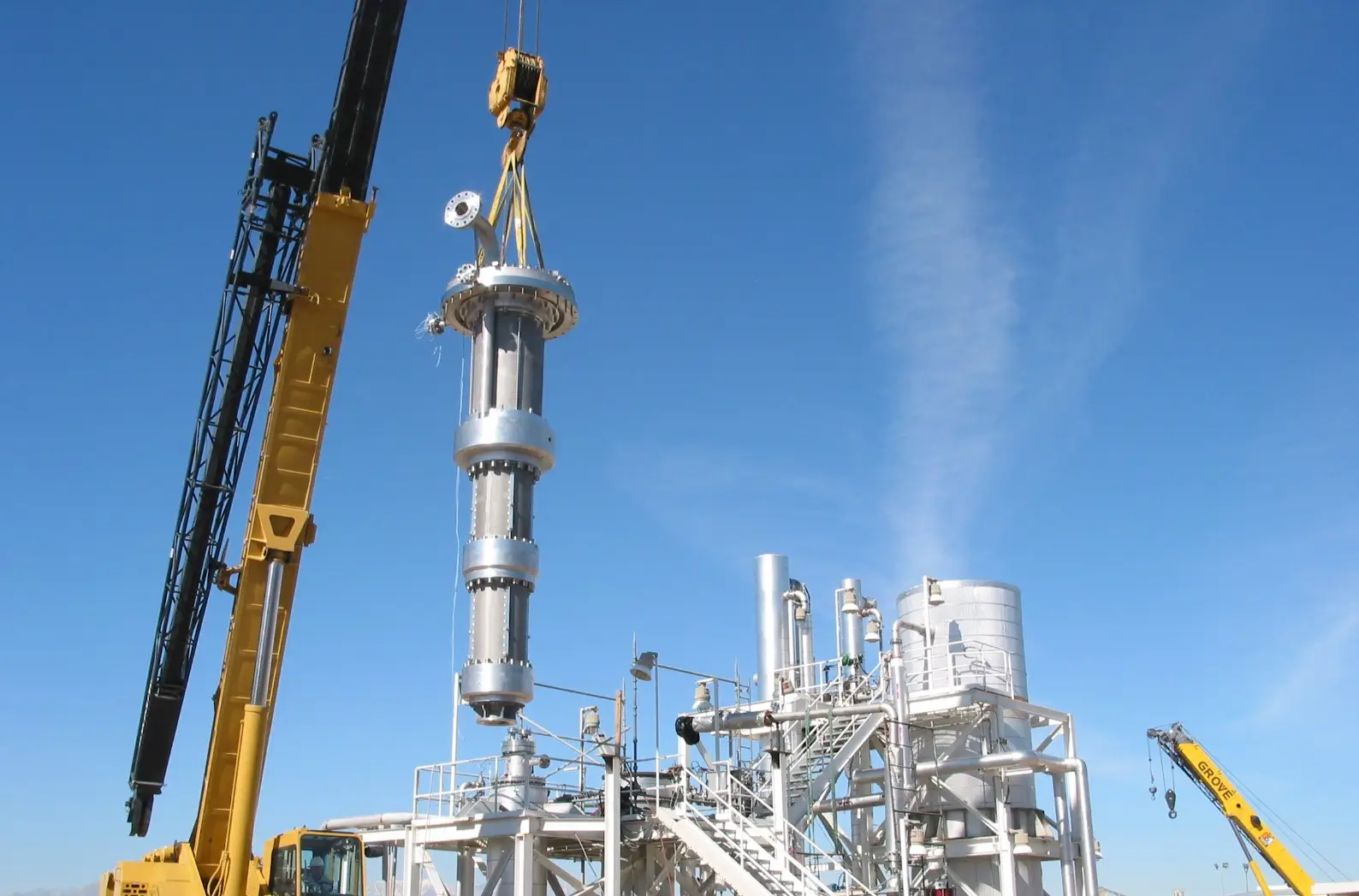
Index
LNG (liquefied natural gas) has been attracting attention as alternative energy to oil. One of the devices that is essential for using this fuel worldwide is the cryogenic pump, a specialized pump that operates reliably even under extremely low-temperature environments of -162°C.
Ever since Nikkiso succeeded in domestically producing cryogenic pumps in 1985, we have continued to make unique improvements that enhance their performance and reliability. Nikkiso currently maintains an approximately 50% share of the global cryogenic pump market.
For this article, we interviewed Mr. Shinji Gobara and Mr. Koichi Yasukawa, who have been involved in cryogenic pump development for many years. We spoke in detail about the requirements for developing cryogenic pumps, as well as the development of new pumps in a manner that applies this development track-record and technology.
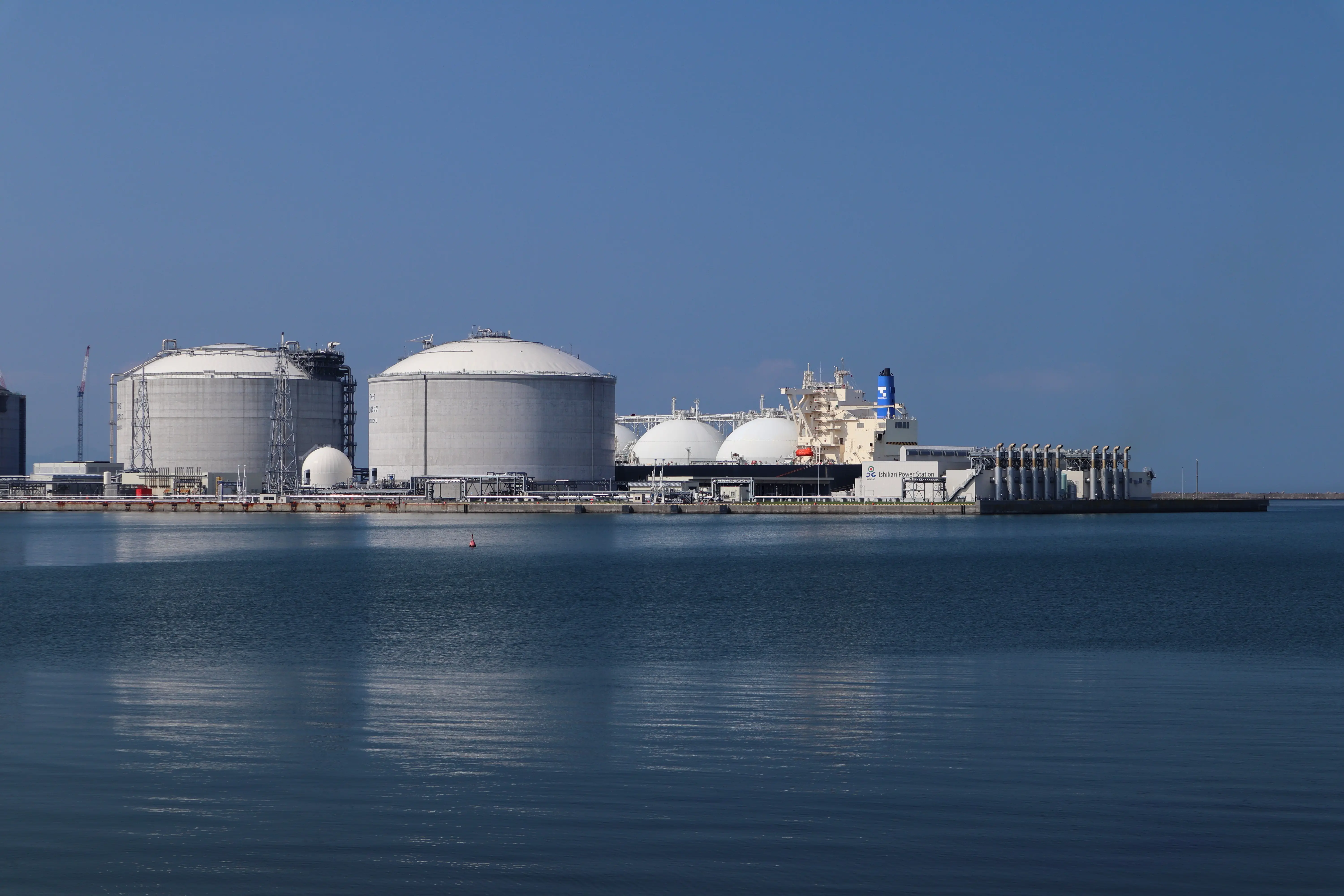
Shinji Gobara: He has been involved in cryogenic pump design and the development of fluid components for pumps, and is currently working on the development of a centrifugal pump for liquid hydrogen to be equipped on aircraft as a member of the Research & Development Department. Koichi Yasukawa: He has been involved in cryogenic pump design and the development of ammonia pumps, and is currently working on the development of an ammonia pump as a member of the Research & Development Department. |
With the ability to operate reliably at extremely low temperatures, cryogenic pumps are essential for LNG use
--We would like to talk to you about cryogenic pumps, which are essential for LNG use, and their development. First, could you briefly explain a little about LNG?
Gobara: In Japan, LNG (liquefied natural gas) is mainly used as a fuel for thermal power generation, and is essentially natural gas, a gaseous fossil fuel, that has been liquefied by cooling it to -162°C. Compared with petroleum, LNG emits less CO2 during combustion and generates no sulfur oxides (SOx), so it has attracted interest as a form of clean energy with a relatively low environmental impact.
Japan began importing LNG in 1969. Thanks to the establishment of an LNG value chain through the development of receiving terminals and progress in shipbuilding technologies, LNG has become widely used as a reliable energy source that is environmentally friendly.
--Why do you need a special pump to use LNG?
Gobara: The reason natural gas is transported in a liquid state in the first place is because liquefaction compresses its volume to approximately 1/600th, which means transporting it to Japan by ship from far-away gas-producing countries is more efficient in this state than in a gaseous state.
Although pumps are required to transport its liquid form, the pumps used to handle LNG require sophisticated technologies because of the extremely low temperature of -162°C.
Mainly used as a fuel for power generation, LNG is a source of energy that is directly connected to our everyday lives, so we cannot allow even the remotest chance that a pump will fail. In light of the various risks, specialized pumps that can operate reliably even in harsh environments are essential for delivering extremely low-temperature liquids such as LNG.
--As a device that can operate reliably even in extremely low-temperature environments, what exactly is a cryogenic pump?

Gobara: Cryogenic pump is the general term for specialized pumps that handle extremely low-temperature liquids. These are used for example at LNG liquefaction terminals in gas-producing countries, LNG receiving terminals in consuming countries, floating LNG storage and regasification units (FSRUs), and thermal power plants.
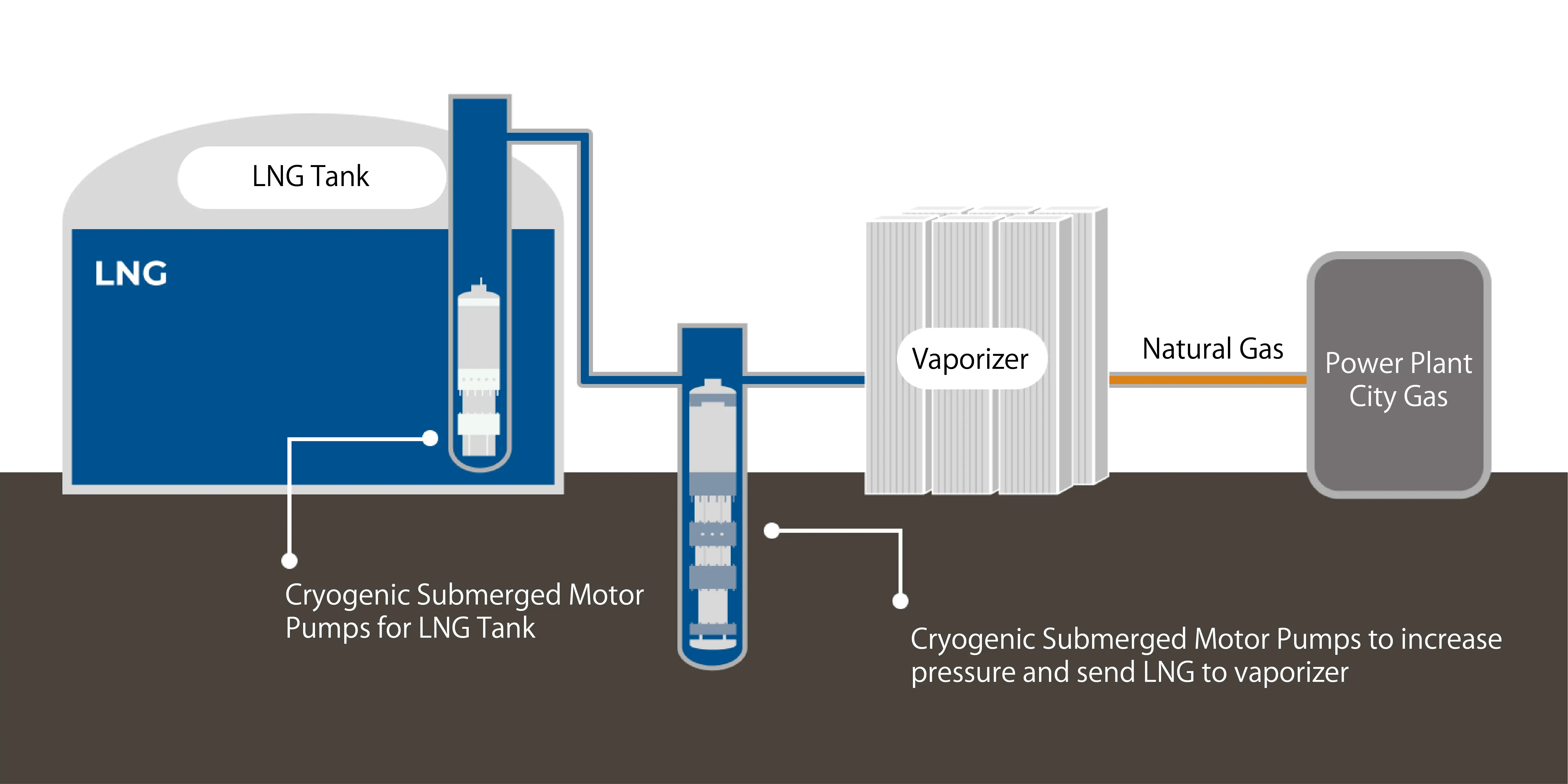
Leveraging the nature of LNG, which does not conduct electricity, the entire pump can be directly immersed in tanks used to store LNG, so there is no risk of liquid leaking outside.
The main components of the pump are made of different metals to ensure strength and durability, thereby enabling the pump to operate long-term.
What is required for the development of a cryogenic pump as something that can be called a precision machine?
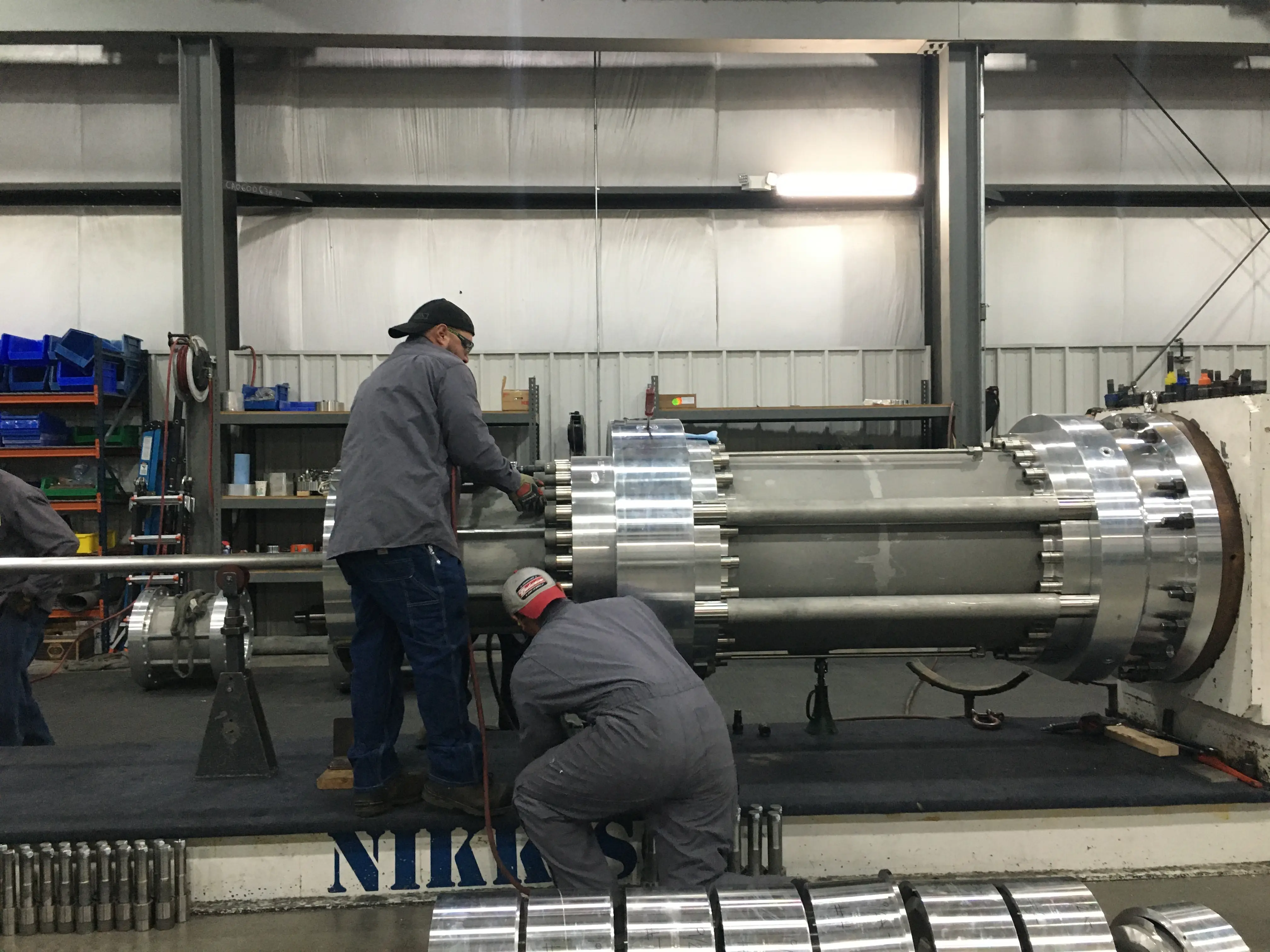
--Only a few companies in the world are able to engage in cryogenic pump design and manufacturing, but what are some of the challenges in developing these?
Gobara: First of all, I can say that these are very difficult to design. As I explained, different metals are used for the main components in order to ensure strength and durability, but this also means that parts with different coefficients of linear thermal expansion must be combined to assemble a single device.
In other words, the pump must be designed with adequate clearance between each part at a precision of 1/100 mm to ensure that the parts fit together tightly when they shrink at their respective ratios in an environment of -162°C. So, developing cryogenic pumps, which can truly be called precision machines, is impossible without a thorough understanding of the thermal contraction of metals.
--You are saying, then, that these pumps must be designed in room temperature environments in anticipation of functioning correctly as a machine only when they reach -162℃?
Gobara: Correct. And since the assembled pump is inside an LNG storage tank, we cannot see or touch it from the outside. Which means that the pumps are also challenging in that if one fails to function properly and something goes wrong, we must collect all of the data related to performance, such as pressure, flow rate, and vibration, estimate the cause, and identify the appropriate solution in order to deal with the problem.
--So, these must be manufactured while considering the best methods for each individual pump based on data and the know-how of engineers.
Gobara: Exactly. The same is true for design in terms of finding the best solution. Although cryogenic pumps require high precision, there is no single correct solution for their structure.
Different customers will have different needs, such as for high or low flow rates, or the ability to change the flow rate using one pump. In addition, it is often difficult to achieve both the flow rate required by the customer and pump efficiency, an important factor that directly connects to the running cost.
So, it may be difficult not only to simply produce pumps that can operate reliably at extremely low temperatures, but also to meet customer needs. And I believe that Nikkiso's Strengths lie in our ability to achieve both.
--With its high share of the global cryogenic pump market, how does Nikkiso meet customer requirements?
Gobara: As a leading company, Nikkiso has a long history of development that begins in 1956, with our success in developing the first specialized pump in Japan. We launched our cryogenic pump business in 1982, and have been involved in projects around the world for the past 40 years. And we are able to meet a wide range of customer needs specifically because of the knowledge and technical capabilities that we have accumulated over our history.
In one example, we successfully developed a large pump using the performance testing facilities of one of our Group Companies in the US, something that we could not have managed using the facilities and equipment in Japan at that time. Our combined capabilities that merge the strengths and know-how of the entire Group are therefore a major strength in terms of overcoming technical and environmental difficulties.
Amid the global increase in demand for natural gas in recent years, the need to transport and store LNG in large quantities has grown, especially in Asia, which led us to construct a factory equipped with cryogenic pump testing facilities in Miyazaki in 2021. By integrating the operating experience and safety concepts of the facilities in the US, we intend to meet the demand for LNG as it continues to expand into the future using new facilities that offer a greater level of safety and efficiency.
“The mission of Nikkiso is to address the demand for ammonia, hydrogen, and other next-generation energy sources in order to help customers around the world”
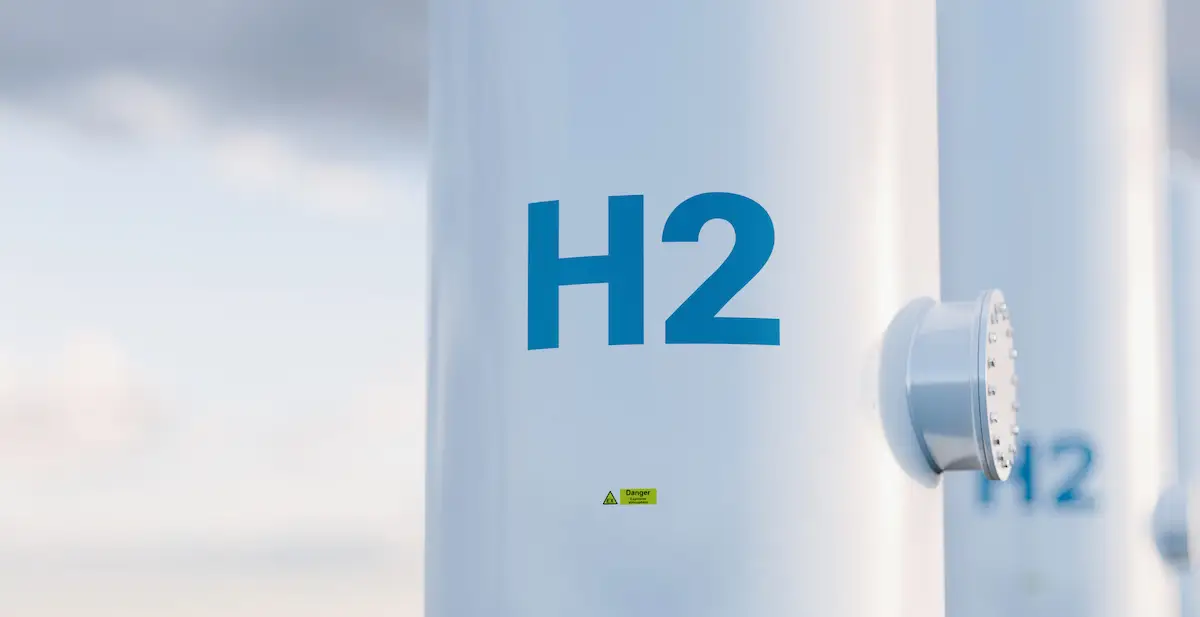
--What kind of technological development would you like to conduct in the future by applying the technology and knowledge from cryogenic pump development?
Gobara: At present, LNG is widely used because it has a relatively low environmental impact compared with petroleum, but LNG is not a completely clean energy source. In light of a further potential energy shift in the future aimed at achieving a decarbonized society by 2050, Nikkiso is also engaged in developing pumps that can handle next-generation energy sources.
--Please tell us in detail about these pumps that can handle next-generation energy sources.
Yasukawa: One of the models we are developing is a pump for handling ammonia. Because mixing ammonia with coal can reduce the amount of CO2 generated during combustion, Japan has raised the goal of promoting the use of ammonia in thermal power generation and of commercializing co-firing technology by 2030.
As this technology evolves, demand for ammonia as a fuel is expected to increase significantly, yet ammonia is more difficult to handle than even LNG because of following properties:
- It enters a liquid state under low-temperature environments of -33°C
- It has toxicity and corrosiveness
Therefore, we are currently developing a new pump that combines Nikkiso's cryogenic pump technology that reliably operates when immersed in extremely low-temperature fluids and our non-seal pumps that protect critical components from corrosion by chemicals and prevent liquids from leaking to the outside.
Gobara: Although there are still many technical issues with it right now, hydrogen, which is considered to be an extremely clean energy source that generates no CO2, for example, when combusted, is expected to come into widespread use in aims of realizing a decarbonized society by 2050.
Nikkiso engages in technological development in preparation for growth in demand for pumps that handle liquefied hydrogen, and is now participating in a project that aims to realize a hydrogen-powered aircraft with the role of developing the pumps.
--Thank you. Finally, what kind of value do you want to provide by developing specialized pumps, and what are your thoughts for the future.
Gobara: Against the backdrop of rising demand for hydrogen, ammonia, and other new energy sources, I believe that we are approaching a turning point as a pump manufacturer. As there are few specialized pump manufacturers anywhere in the world, we will continue to produce products that please our customers under our mission of meeting these new demands in support of the industry.
Pickup
-
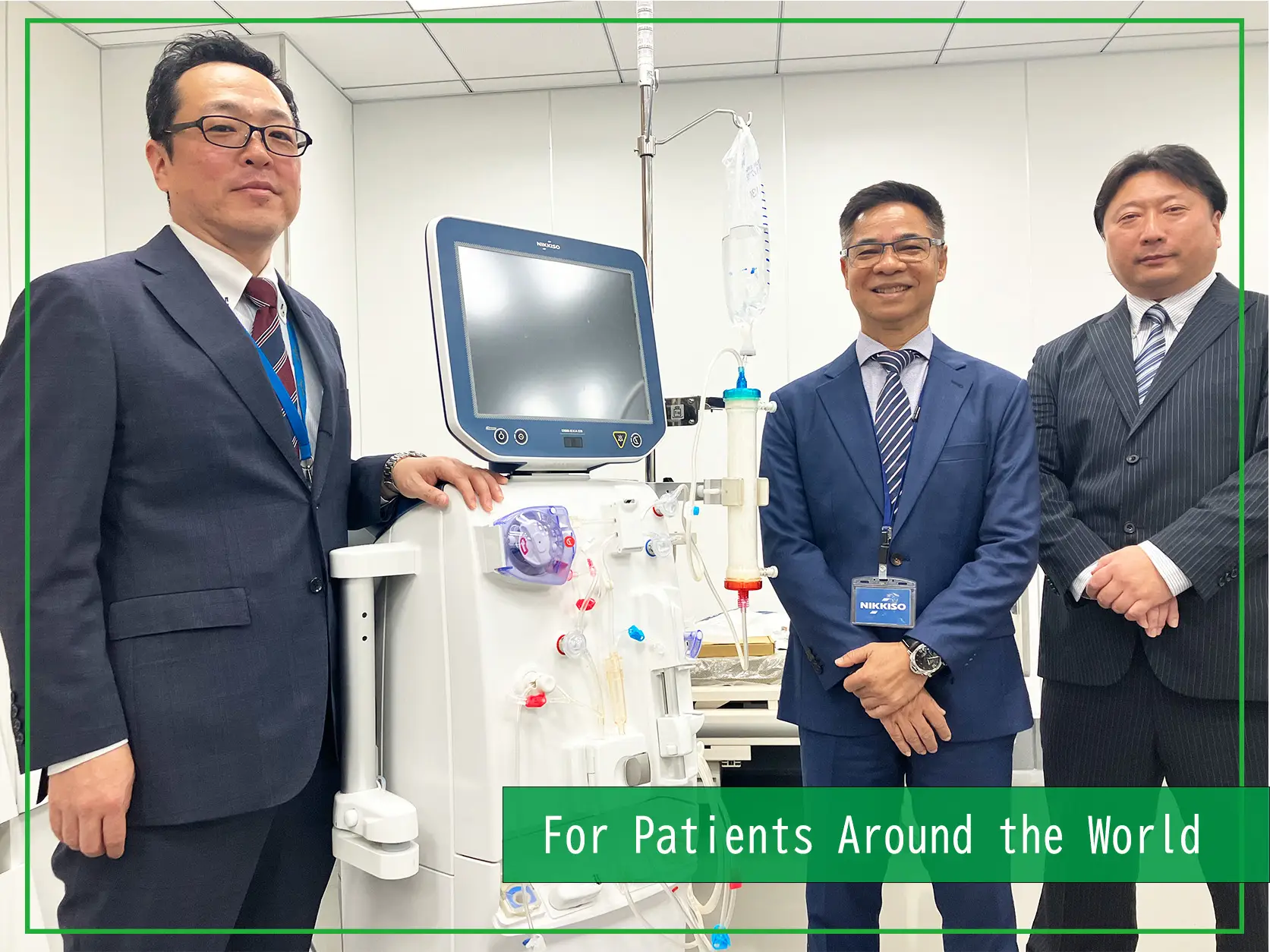 MEDICAL FIELD
MEDICAL FIELD
Empowering Asia’s Expanding Dialysis Treatment with Nikkiso’s Advanced Technology and Comprehensive Support
- Hemodialysis
- Interview
- Medicalbusiness
2025/10/30
-
 MANUFACTURING
MANUFACTURING
Pumps also actively used in semiconductor manufacturing: 20 years of history of compact, high-speed canned motor pumps
- Technology
- Interview
- Pump
- Semiconductor
2025/05/21
-
 MANUFACTURING
MANUFACTURING
Nikkiso's DX initiatives: CAE Support Department continues to evolve, aiming to eliminate dependence on the skills and expertise of specific people
- Technology
- Interview
2025/04/09
関連記事
-
 MANUFACTURING
MANUFACTURING
Pumps also actively used in semiconductor manufacturing: 20 years of history of compact, high-speed canned motor pumps
- Technology
- Interview
- Pump
- Semiconductor
2025/05/21
-
 MANUFACTURING
MANUFACTURING
Nikkiso's DX initiatives: CAE Support Department continues to evolve, aiming to eliminate dependence on the skills and expertise of specific people
- Technology
- Interview
2025/04/09
-
 MANUFACTURING
MANUFACTURING
Behind the development of the 3D Sinter, a new technology which serves to improve both the quality of SiC power semiconductors and productivity in the manufacturing process
- Semiconductor
- Interview
- Technology
- Industrial
2025/02/19
-
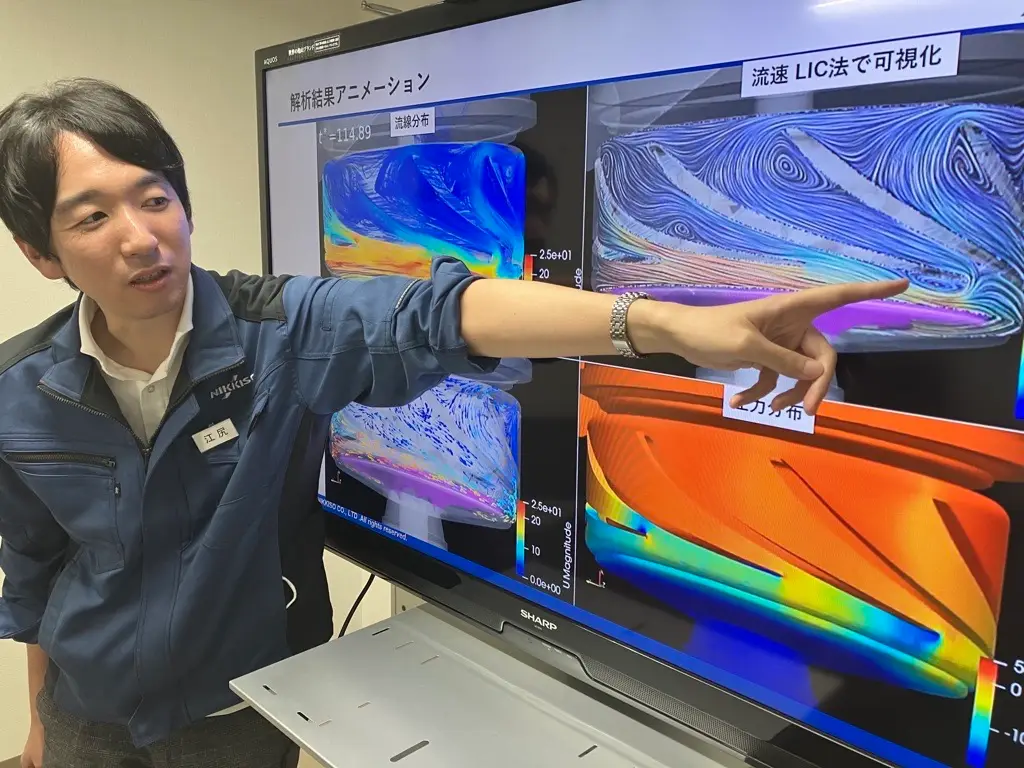 MANUFACTURING
MANUFACTURING
What are the characteristics of technical jobs at companies? What are Nikkiso’s strengths in particular? | Answers to questions from students
- Industrial
- Pump
- Interview
- Technology
2024/09/19




